During colonisation, African people in Kenya were very unhappy.
As a result, they formed political movements across the country.
These movements were aimed at educating the Africans about their rights and to encourage them to fight for independence.
They also wanted to draw the attention of the world to the poor way in which the Africans were being treated in Africa.
Although they did not gain independence for the country they laid an important foundation for later freedom movements.
The main movements during this period were:
Africans were not happy with the way they were being treated. They had the following main complaints:
6
First world war 1914-1918
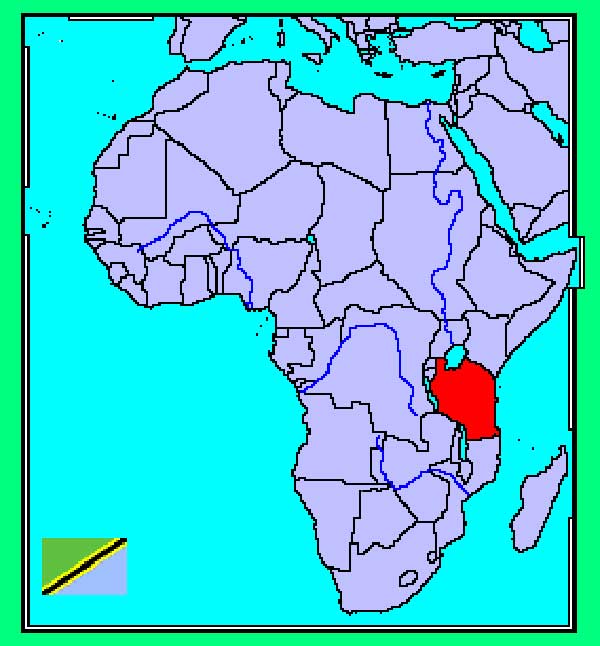
1919 League of Nation created to maintain world peace
The British count rule Tanganyika for the following reasons

TANGANYIKA
African's grievances
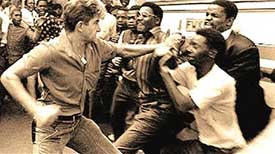
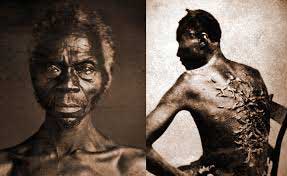
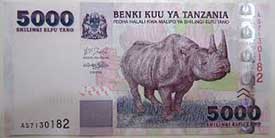
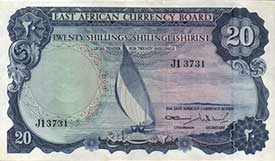
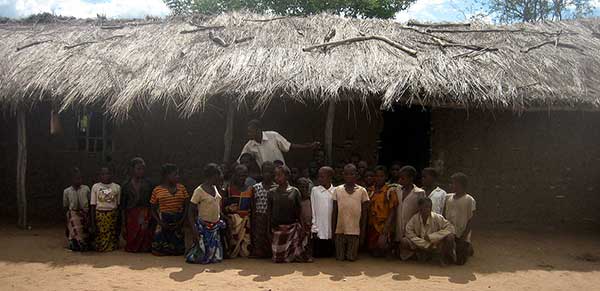
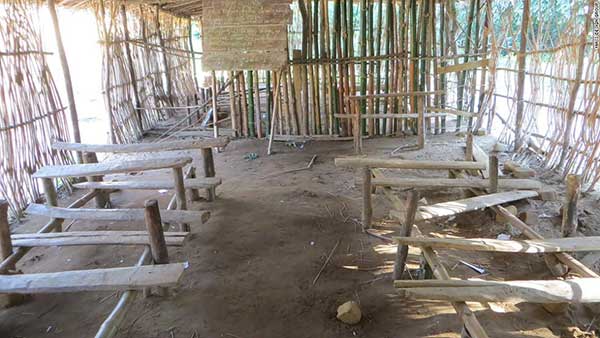
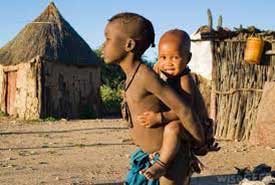
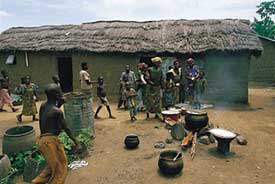
6

Associations formed between 1922-1929
1922
TanganyikaTerritoryAfrican Civil Servants Associations
Its demands
Better terms of work for workers
High prices for agricultural products
Development in agriculture
1924
Kilimanjaro Native planters Association(KNPA)
Tanganyika Territory African Civil Servants Association(TTACSA) founded a political party called Tanganyika African Association(TAA)
TAA DEMANDS
Better jobs for Africans
Unite all community organizations
Fight for African representation in the legislative council (Legco).
1945 Julius Nyerere joined TAA.
1953 Nyerere became TAA President
TAA aimed at gaining self rule
July 7th 1954 TAA changed toTanganyika African National Union (TANU)
Nyerere was the president and Oscar Kambona as the Secretary
Nyerere was nominated to the Legco
1955 Africans number in the Legco increased
1956 Europeans founded United Tanganyika party(UTP)
UTP was defeated in 1958 elections
ppointment of governor Richard Turnbull in195
Unite Nation Organization(UNO) urged Britain to grant Africans independence
Few political parties
Few European settlers to oppose the transfer of power
Nyerere and his colleagues provided effective leadership
September 1960 elections held TANU Won 0 out of 73 seats and Nyerere became chief minister as Tanganyika granted self government
1961 December Tanganyika was granted full independencewith Nyerere as president
1964Tanganyika and Zanzibarmerged to form United Republic of Tanzania.